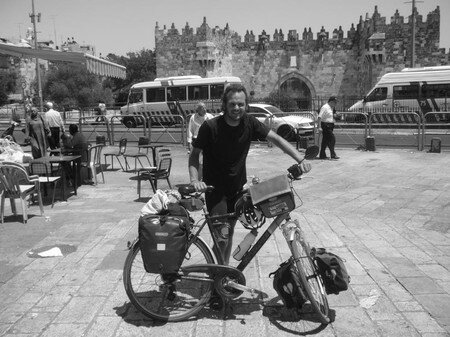The mouth has been a central element of our beliefs, for ages. If you have been to Rome, you might even remember having seen tourists stuffing their hand in an open-mouthed stone face which is said to keep liars stuck. I personally did not try my luck, after all, I am working in advertising... Too dangerous.
Anyway, the mouth is key as many customs demonstrate it. Primal tribes were convinced that they would acquire their enemies' strength by ingesting their organs. Toreros are offered some "pieces" of the vigorous bulls they killed in the arena to increase their virility and courage...
My name is Bud, Dr. Taste Bud
There is a less-bloody version of these convictions. A more modern too. It consists in considering that you can influence your health through you food. In French, we call such products "alicaments" which is the combination of "aliments" and "médicaments" (food and medicine, or nutraceuticals). Eat this yogurt and you will decrease your risks of stroke. Drink that juice and your blood pressure will stabilize. Swallow this pill and your tanned skin will resplend...
Functional food becomes a massive trend in nutritional research, and consequently in marketing. But the idea to process food to optimise their intrinsic nutritional properties raises also some debates about genetically modified organism... Overall this trend is at its early stage, and consequently their are many grey areas around it. What are the implication on the longer term for instance?
So how to surf on this remunerating trend, whilst remaining cautious... Well, my favourite retail store, Tesco, has found the solution. After promoting some deviant sexual practices or perverting our children, they are now entering in the nutraceutical arena, but with loads of caution... And that leads to that king of packaging non-sense:
"Goji Berries. A source of vitamin C which may help maintain a healthy immune system"
Buy and eat this, it you may, or may not, get better. But in any case, buy it: it will definitely make us better off!










